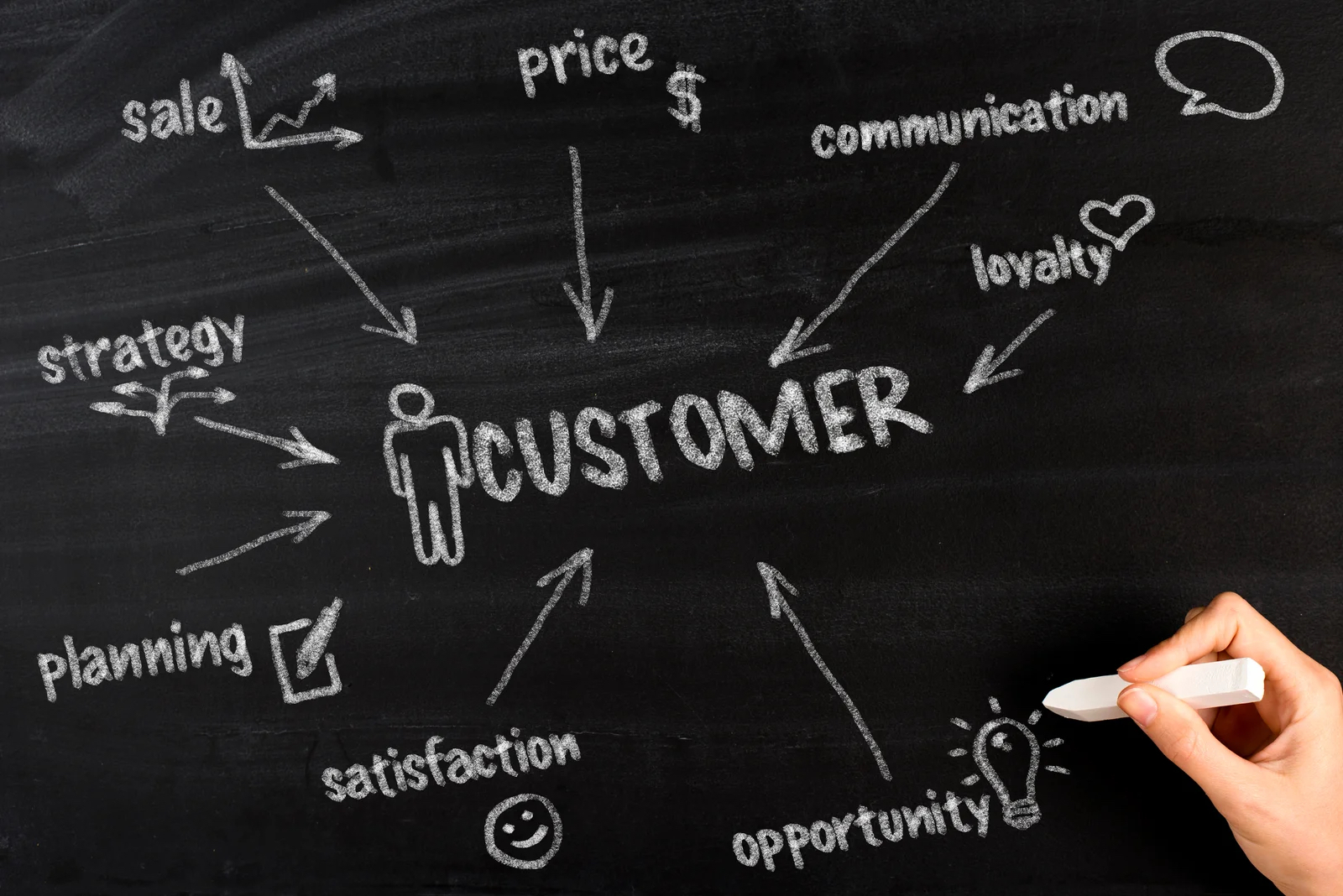One Brand, One Experience
The 7 essentials of shaping a brand across all the customer touchpoints.
How do you shape a campaign and really focus on the right audience for your brand? In developing a brand strategy and building this into real things that customers and partners see, it’s essential to unify what your brand says and looks likes, and how your communications shape the experience of the brand. The marketing strategy has to drive the language, the design, and the marketing channels that will speak to the desired customer.
Here are some of the essentials that we look at in developing the brand process that really gives us and our clients a clear map for how to move ahead in shaping the results —campaigns, online advertising, social media, packaging, and more — everything has to be synced with the brand to deliver a consistent experience that sticks in the heads of your audience. Sometimes it’s those simple references or connections that bring it all together.
1- Why are we launching this branding and marketing effort?
When clients want to launch a new brand or a major rebranding effort, what’s usually driving this is a need to get sales by shifting brand perceptions and gain more recognition in a broader market and yes, to get more customers. No matter what, it’s essential to look at the strategy development really clearly. This defines everything you do and if the branding and campaign efforts will achieve the goals you want, whether it would be increasing brand awareness, the launch of a new product, or connecting with a new audience. We often push clients on this to see what’s realistic so we can really help this process be successful. Moving your brand more upscale may work if you have the assets to do it.
2 – Who are we talking to? And what do we want them to know?
Always, you have to know right up front who the audience is. Defining the personas, the types of customers, what they want, and why you meet their needs is essential. And, it will tell you where they are, what they read, and what medium through which to best reach them. It could be driven by social media or online through digital advertising. What is their customer journey to seeing and wanting your offerings? What are their reasons to know and buy from you?
3- What’s already out there affecting perceptions?
Research, research, and more research will tell you what the trends are, and what the market is like. This doesn’t always mean an exhaustive 200-page report. Having a good review of websites, some key interviews or surveys, and looking at current trends in the market you’re after will build a clear idea of who your customers are, what they believe, and what’s important to them.
4 – What’s the key aspect of the brand that has the most value?
So now you’re looking into the brand strengths and attributes — what makes it stand out? How can you best define the value it brings to the market you just defined? This is so important and can be the secret sauce that elevates the brand to another level while it gives you a foundation for the creative work ahead. This is the foundation of making a connection with the right audience.
The brand needs to be at the forefront. It’s that “experience” provided by a company that makes a lasting connection. Whether you are Trader Joe’s, Uber, or Deloitte how your customers emotionally connect has an enormous effect on why they buy.
According to a report by Salesforce, 84% of consumers say the experience provided by a company is just as important as its products and services.
Forbes , October 2019
5- How do we build a creative communications program that connects to the market?
This is the most challenging part. We know all the reasons to define the brand but what’s the best approach to build real awareness? The strategy for this is built around all the other elements of research — buyer personas, competition, and more — so we have to build a brand that responds to these realities. That’s why we need to take a variety of approaches and see what sticks.
6- How do we measure our great ideas to see if they work?
This is where testing and review comes in. You’ve to got make sure the market you’re after really “gets it.” If they are lost, then you’re lost. You’ve got to take time to see what will work in which media in the real world. Digital responses through email marketing, digital campaign results, and traffic to the website. Test and measure concepts and make sure you get feedback.
7 – How do we launch the new brand to get the most attention from the right audience?
This is probably the most important aspect of building a campaign that should be looked at at the very beginning of the branding process. What’s the budget, and who is our audience? And how can we best reach them with the dollars we have?
So take a look at what you can do that makes sense for your audience. It might be building a social media strategy connected with an online digital campaign and advertising that focusings on the exact demographic. Or you may consider a short video campaign on Youtube with a press release and live brand event that brings media attention. Whatever it is the focus is on the right approaches for getting attention and creating awareness with the right customers for your brand in your market is the first step in engaging your brand with the right audience.
